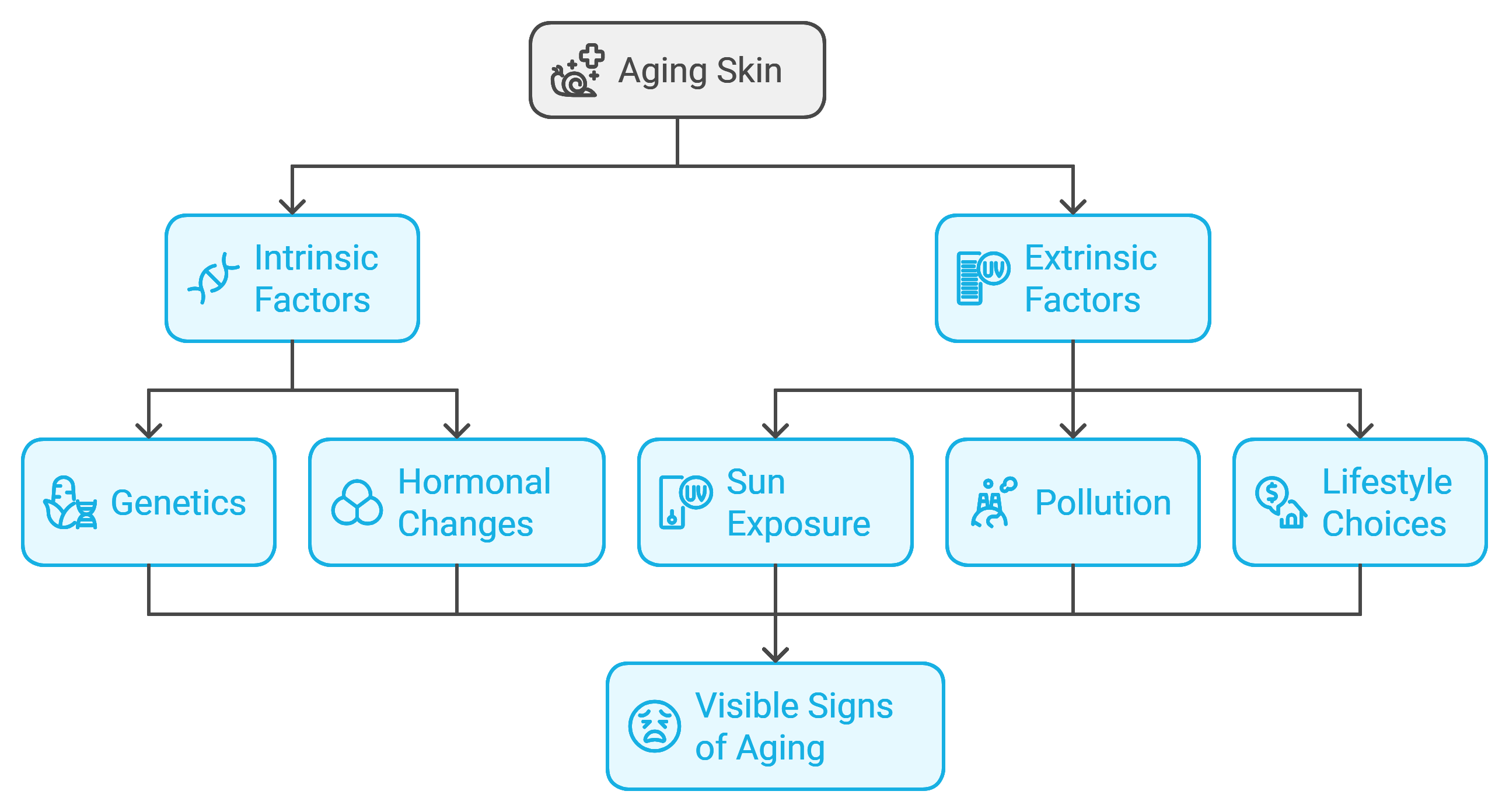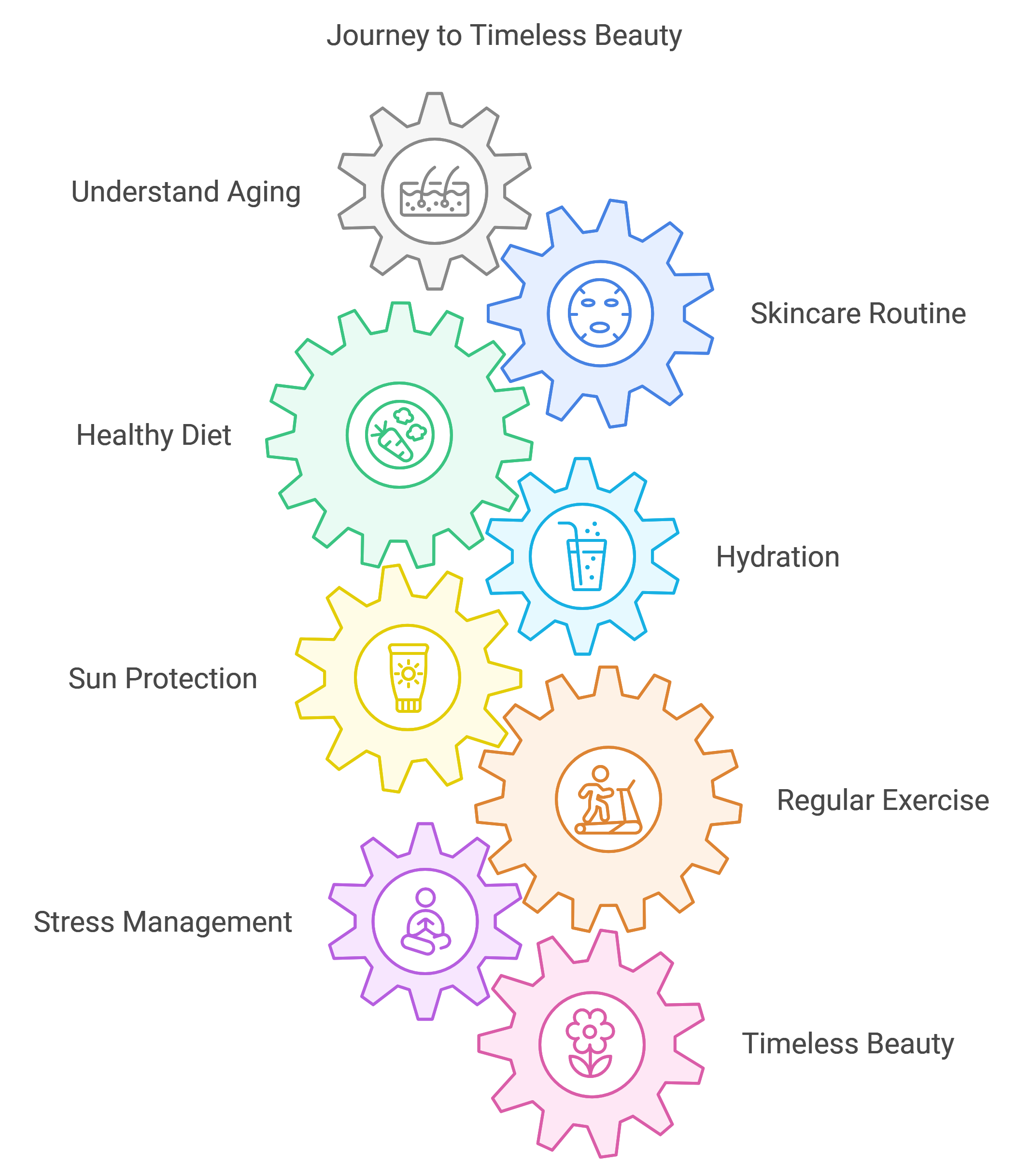Sculptra has emerged as a revolutionary aesthetic treatment for those seeking natural, long-lasting facial rejuvenation. Unlike traditional fillers, Sculptra stimulates your body’s collagen production, offering gradual and sustained improvements in skin quality, volume, and firmness. Here’s everything you need to know about Sculptra treatment.
What is Sculptra?
Sculptra is an FDA-approved injectable treatment containing poly-L-lactic acid (PLLA), a biocompatible compound that has been safely used in medical applications for decades.
Its primary function is to act as a collagen biostimulator, helping your skin rebuild its internal support structure and restore youthful volume
How Does Sculptra Work?
-
Collagen Stimulation: Sculptra is injected into the deep dermis, where it triggers fibroblasts to produce new collagen. This process gradually thickens and strengthens the skin, improving elasticity and volume over several months.
-
Gradual, Natural Results: Unlike hyaluronic acid fillers that provide immediate volume, Sculptra’s effects develop over 2-3 months as your body generates new collagen. The initial plumping from the injection fluid subsides, but the real transformation emerges as collagen builds up.
-
Long-Lasting Effects: Clinical studies show Sculptra’s benefits can last up to two years, with some research indicating improvements in skin quality for over 25 months .

What Does Sculptra Treat?
Sculptra is versatile and can address a variety of concerns:
-
Facial Volume Loss: Restores fullness in areas like cheeks, temples, and jawline.
-
Sagging Skin: Lifts and firms sagging facial contours and jowls.
-
Wrinkles and Folds: Smooths deep lines, such as nasolabial folds and marionette lines.
-
Skin Quality: Improves skin texture, hydration, and overall glow.
-
Other Areas: Sculptra is also used for neck rejuvenation, hand volume restoration, and even non-surgical buttock augmentation
What to Expect During Treatment
-
Session Details: A typical session lasts 30-45 minutes. Most patients require 2-3 sessions spaced about 8 weeks apart for optimal results
-
Procedure: Sculptra is injected using fine needles or cannulas. Local anesthetic may be applied to minimize discomfort
-
Recovery: Expect minor swelling, redness, or bruising at injection sites, which usually resolve quickly. Most people can return to daily activities immediate
Safety and Efficacy
-
-
Proven Track Record: Sculptra has been used globally for over 25 years, with an excellent safety profile supported by extensive clinical studies
-
Biodegradable: The poly-L-lactic acid in Sculptra is naturally absorbed by the body, leaving behind only your collagen
-
Remember, Sculptra offers a unique approach to facial rejuvenation by harnessing your body’s regenerative power. With long-lasting results, minimal downtime, and a strong safety record, it’s an excellent choice for those looking to restore youthful volume and skin quality in a natural, gradual way.
Related Services






